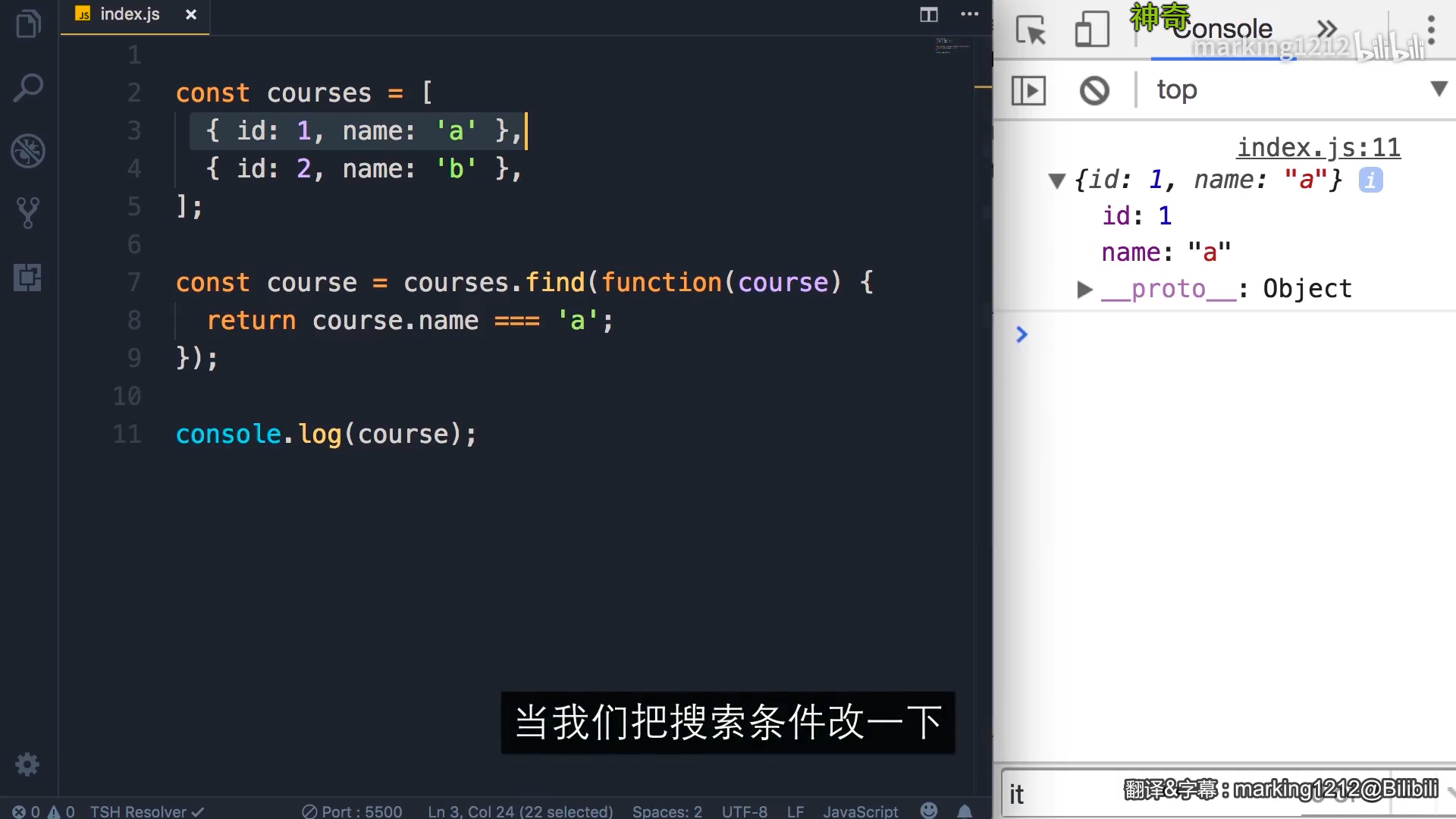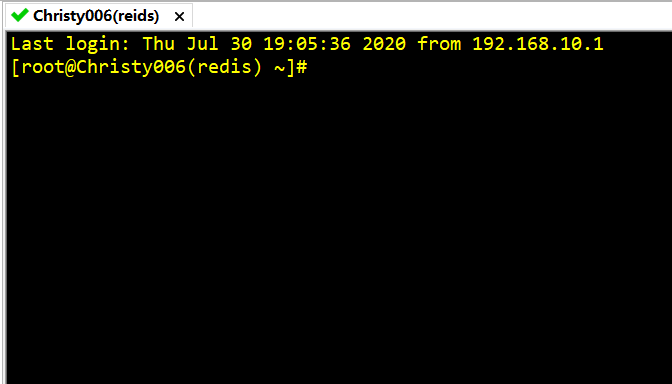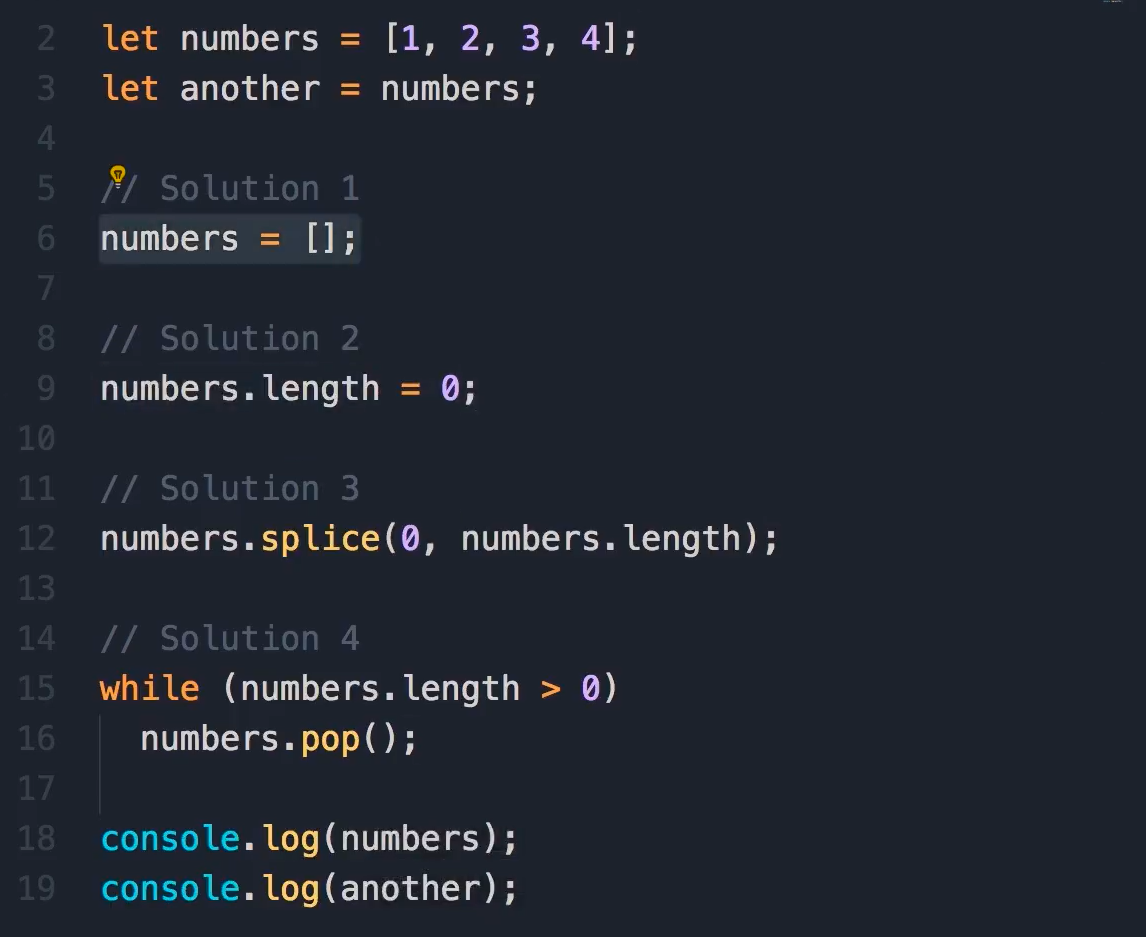HDU1114 Piggy-Bank————01背包变形
Piggy-Bank
Time Limit: 2000/1000 MS (Java/Others) Memory Limit: 65536/32768 K (Java/Others)
Total Submission(s): 34300 Accepted Submission(s): 17009
Problem Description
Before ACM can do anything, a budget must be prepared and the necessary financial support obtained. The main income for this action comes from Irreversibly Bound Money (IBM). The idea behind is simple. Whenever some ACM member has any small money, he takes all the coins and throws them into a piggy-bank. You know that this process is irreversible, the coins cannot be removed without breaking the pig. After a sufficiently long time, there should be enough cash in the piggy-bank to pay everything that needs to be paid.
But there is a big problem with piggy-banks. It is not possible to determine how much money is inside. So we might break the pig into pieces only to find out that there is not enough money. Clearly, we want to avoid this unpleasant situation. The only possibility is to weigh the piggy-bank and try to guess how many coins are inside. Assume that we are able to determine the weight of the pig exactly and that we know the weights of all coins of a given currency. Then there is some minimum amount of money in the piggy-bank that we can guarantee. Your task is to find out this worst case and determine the minimum amount of cash inside the piggy-bank. We need your help. No more prematurely broken pigs!
Input
The input consists of T test cases. The number of them (T) is given on the first line of the input file. Each test case begins with a line containing two integers E and F. They indicate the weight of an empty pig and of the pig filled with coins. Both weights are given in grams. No pig will weigh more than 10 kg, that means 1 <= E <= F <= 10000. On the second line of each test case, there is an integer number N (1 <= N <= 500) that gives the number of various coins used in the given currency. Following this are exactly N lines, each specifying one coin type. These lines contain two integers each, Pand W (1 <= P <= 50000, 1 <= W <=10000). P is the value of the coin in monetary units, W is it’s weight in grams.
Output
Print exactly one line of output for each test case. The line must contain the sentence “The minimum amount of money in the piggy-bank is X.” where X is the minimum amount of money that can be achieved using coins with the given total weight. If the weight cannot be reached exactly, print a line “This is impossible.”.
Sample Input
3
10 110
2
1 1
30 50
10 110
2
1 1
50 30
1 6
2
10 3
20 4
Sample Output
The minimum amount of money in the piggy-bank is 60.
The minimum amount of money in the piggy-bank is 100.
This is impossible.
简单翻译一下:
在 ACM 能够开展之前,必须准备预算,并获得必要的财力支持。该活动的主要收入来自于 Irreversibly Bound Money (IBM)。思路很简单。任何时候,某位 ACM 会员有少量的钱时,他将所有的硬币投入到小猪储钱罐中。这个过程不可逆,因为只有把小猪储钱罐打碎才能取出硬币。在足够长的时间之后,小猪储钱罐中有了足够的现金,用于支付 ACM 活动所需的花费。
但是,小猪储钱罐存在一个大的问题,即无法确定其中有多少钱。因此,我们可能在打碎小猪储钱罐之后,发现里面的钱不够。显然,我们希望避免这种不愉快的情况。唯一的可能是,称一下小猪储钱罐的重量,并尝试猜测里面的有多少硬币。假定我们能够精确判断小猪储钱罐的重量,并且我们也知道给定币种的所有硬币的重量。那么,我们可以保证小猪储钱罐中最少有多少钱。
你的任务是找出最差的情形,即判断小猪储钱罐中的硬币最少有多少钱。我们需要你的帮助。不能再贸然打碎小猪储钱罐了
输入
输入包含 T 组测试数据。输入文件的第一行,给出了 T 的值。
对于每组测试数据,第一行包含 E 和 F 两个整数,它们表示空的小猪储钱罐的重量,以及装有硬币的小猪储钱罐的重量。两个重量的计量单位都是 g (克)。小猪储钱罐的重量不会超过 10 kg (千克),即 1 <= E <= F <= 10000 。每组测试数据的第二行,有一个整数 N (1 <= N <= 500),提供了给定币种的不同硬币有多少种。接下来的 N 行,每行指定一种硬币类型,每行包含两个整数 P 和 W (1 <= P <= 50000,1 <= W <=10000)。P 是硬币的金额 (货币计量单位);W 是它的重量,以 g (克) 为计量单位。
输出
对于每组测试数据,打印一行输出。每行必须包含句子 “The minimum amount of money in the piggy-bank is X.” 其中,X 表示对于给定总重量的硬币,所能得到的最少金额。如果无法恰好得到给定的重量,则打印一行 “This is impossible.” 。
01背包的变形,不过这次问的是求至少能拿多少东西,很显然我们能够根据01背包的性质来写出这一道题的状态转移方程
dp[i+1][j]={ dp[i][j]min(dp[i][j],dp[i][j−w[i]]+v[i])j<w[i]else d p [ i + 1 ] [ j ] = { d p [ i ] [ j ] j < w [ i ] m i n ( d p [ i ] [ j ] , d p [ i ] [ j − w [ i ] ] + v [ i ] ) e l s e
memset(dp,0x3f,sizeof(dp));dp[0][j]=0;dp[i+1][j]=min(dp[i][j],dp[i][j-w[i]]+v[i]);
然后我们就能写出代码了,
#include<bits/stdc++.h>using namespace std;typedef long long ll;const int MAXN=10005;const int INF=0x3f3f3f3f;int dp[MAXN];int w[600],v[600];int t,n,W,E,F;int main(){scanf("%d",&t);while(t--){scanf("%d %d",&E,&F);W=F-E;scanf("%d",&n);for(int i=0;i<n;i++)scanf("%d %d",&v[i],&w[i]);memset(dp,0x3f,sizeof(dp));dp[0]=0;for(int i=0;i<n;i++)for(int j=w[i];j<=W;j++)dp[j]=min(dp[j],dp[j-w[i]]+v[i]);if(dp[W]!=INF) printf("The minimum amount of money in the piggy-bank is %d.\n",dp[W]);else printf("This is impossible.\n");}return 0;}



































还没有评论,来说两句吧...